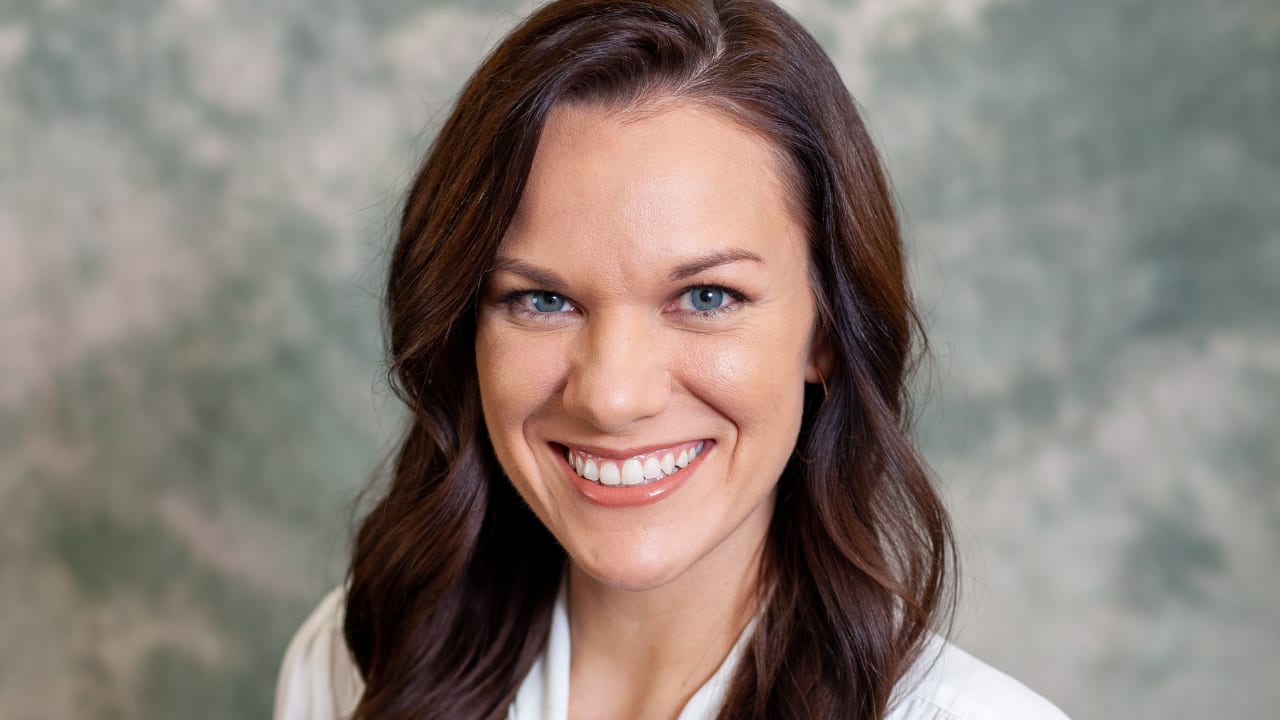Why North Dakota put Community Champions at the centre of their talent attraction campaign
Talent attraction is the global challenge right now. With new industry focuses emerging following the pandemic, an exponential growth in tech-related job roles, and the destabilization of the traditional 9-5 office week, cities and nations around the world are re-visiting their strategies to ensure they remain as competitive as possible. And as talented individuals increasingly have the ability to work remotely, understanding your quality of life proposition is essential to promoting your place effectively. Katie Ralston Howe, the Director of the Workforce Division at North Dakota Department of Commerce, joined us to explore how they’re engaging their community in a strategy to attract new residents to the state.
We know there’s a global talent shortage at the moment, but why is talent attraction a priority for North Dakota?
Before the pandemic, North Dakota had more jobs available than people to fill them. Despite population growth throughout the last decade, we know that if every unemployed individual, every justice-involved individual exiting our criminal justice system, and every graduate from our post-secondary education system took jobs today, we would still have thousands of jobs open in our state. With lack of workforce being the number one challenge impacting economic growth in our state, we are focusing on helping people around the country discover North Dakota and the quality of life offered here.
We hear a lot about cities and regions that are putting a new focus on promoting their quality of life – but obviously this is a very hard thing to quantify. How are you working to communicate the community spirit and sense of belonging in North Dakota to your audience?
Our Tourism and Marketing team at the Department of Commerce are tremendous partners in helping us demonstrate quality of life in all parts of the state. They know how to sell North Dakota and we’re capitalizing on that with our talent attraction initiative, Find the Good Life in ND. In addition to highlighting recreation, events, and entertainment opportunities, great schools and welcoming neighbourhoods, the best way to share community spirit is by working with North Dakotans who are eager to share what makes our state so special. We’ve activated a group of 70 volunteers, or Community Champions, from around the state who are connecting with job seekers to learn more about the quality of life they’re seeking and to share information about what’s offered in the community they’re exploring.
These Community Champions are part of your 'Relocation Desk' initiative, correct? What I find so interesting about the Relocation Desk is that it’s more than just a strapline – you’re actually putting in a support framework to help people relocate. Can you tell us more about this?
Yes! Our Relocation Help Desk is the first connection to a North Dakotan who is standing ready to help a job seeker or family find their path to our state. Once a job seeker completes the form on our Relocation Help Desk, we get to work on determining which Community Champion with whom we should connect them. From there, we send our Community Champion the job seeker’s information, which typically includes their contact information, profession or industry preference, quality of the life interests, and sometimes, they even share their resume which helps our Champions make a stronger connection with employers that align with their professional backgrounds. As a job seeker engages with a Champion, connects with employers and explores communities, we are able to track their progress until the point at which they accept a job and call ND home.
What tools are you putting in place to help your community lend their support to the strategy?
One of the tools we’re using is special training for our Community Champions on how to best support job seekers and their families. Not only are we helping them develop talking points for frequently asked questions about the weather, rural living, community amenities, major industries, etc., but we are also equipping them with information about state resources and programs that provide various types of assistance for residents. We are also seeing some communities utilize a Department of Commerce grant program to build out local extensions of Find the Good Life. We’re encouraged by the local buy-in for this initiative as community-led efforts that are strategically designed to complement what we’re doing at the state level will be mutually beneficial as we evolve Find the Good Life in the future.
How does the Relocation Desk fit within your broader communication strategy for the state?
In our state, one may often hear references to “North Dakota nice,” which is how we describe our friendly, welcoming residents and communities. Although other states may also claim to be “nice,” too, we have turned North Dakota nice into a competitive advantage. We’re eager to help every job seeker that comes through our Relocation Help Desk, and our Community Champions share that enthusiasm to help. As it relates to our broader strategy, our talent attraction marketing efforts are driving people to our Find the Good Life website, where individuals have the opportunity to engage through our Relocation Help Desk.
Do you have any more strategies in the pipeline to take your approach to the next level?
North Dakota’s Governor, Doug Burgum, has included $25 million for talent attraction in his executive budget for this biennium. We are encouraged by his proposed investment in our efforts to help people learn about ND and to inspire them to call our state home. Sara Otte Coleman, our Tourism and Marketing Director, shared that with me that “since we have not spent a lot of money marketing our state, that most know very little about North Dakota. We are hopeful that additional resources will fund broader campaigns which will use data to target potential new residents who are looking for lifestyle and career opportunities that match our offerings. Our strategies will include broader channels focused on our five key personas: young families, boomerangs, new grads, veterans and remote workers.” Overall, our future strategies include expanded marketing efforts, enhancements to our pipeline infrastructure, support for employers recruiting workers from other states, and so much more.









